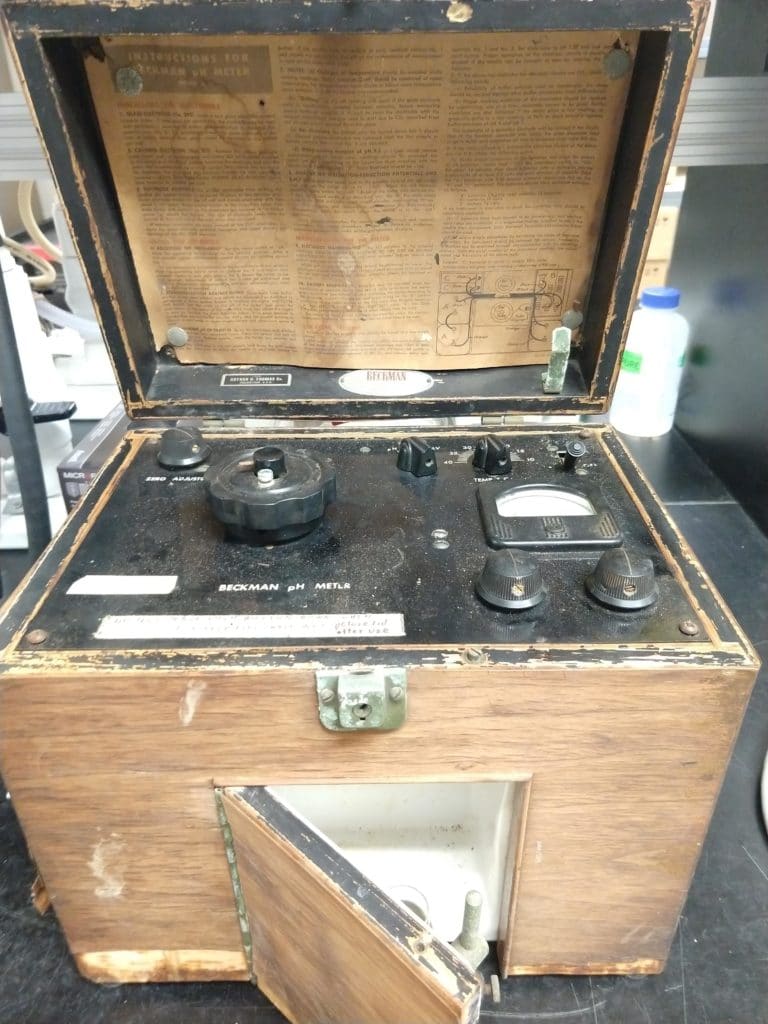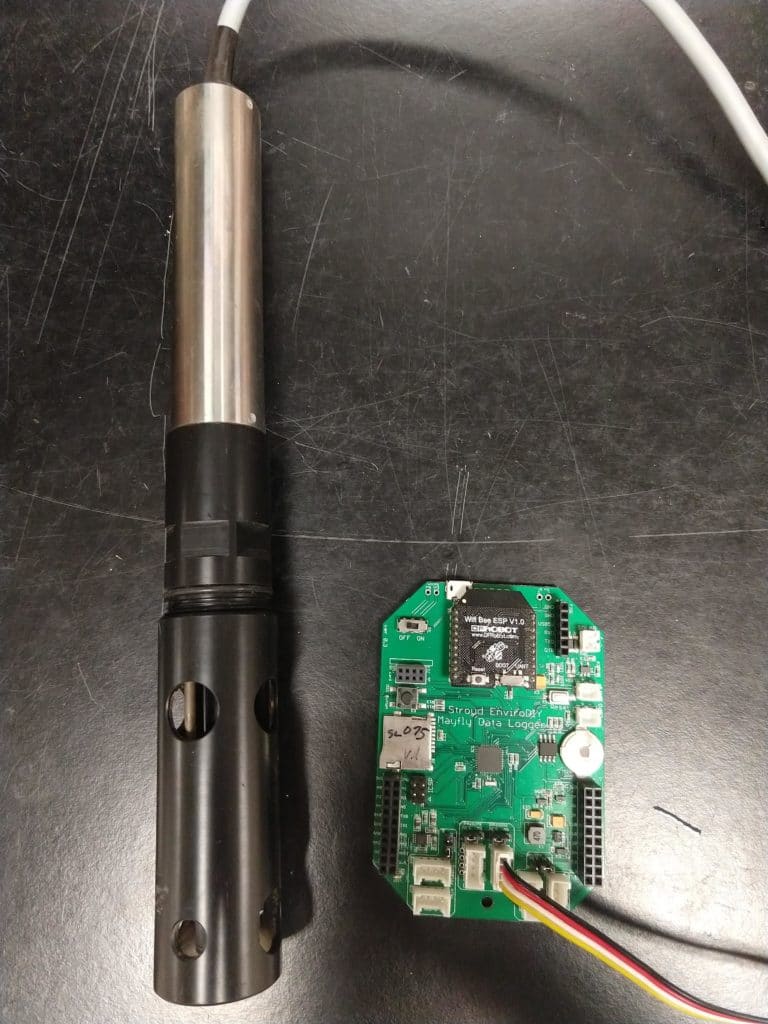In the beginning, there were transistors, rudimentary environmental sensors housed in wooden boxes, and pencil and paper for recording data. Today, we program microcontrollers and make our own environmental sensors to stream a firehose of real-time data to web portals for the world to see — for a fraction of the cost of those wooden boxes!


One reason for this transformation in how we collect environmental data is the electronics Do-It-Yourself revolution. But DIY is in many cases a misnomer; in reality, we Do-It-Together: collaborative projects, initiatives, and websites that bring people together to develop and share environmental monitoring and measurement systems.
Stroud Water Research Center is proud of the constantly-growing EnviroDIY community we foster through web resources, workshops, and products. With each new member and contributor, EnviroDIY gains strength as a community of people collaborating to build measurement technologies that inform environmental decisions.
Highlighting Complementary Initiatives
Of course, there are other complementary initiatives out there, and here we highlight a few that might expand learning opportunities for EnviroDIY members. Our focus here is on organizations with an open source, community-oriented focus on DIY and DIT approaches.
The Cave Pearl Project
If you want to make waterproof, submersible DIY water monitoring equipment and sensors, you should browse the Cave Pearl Project. With a focus on Arduino hardware and programming, their site has lots of resources and well-curated links to many other initiatives, projects, and learning tools. Extensive documentation is available in their Github repositories. Particular attention is given to power management and battery efficiency.
- Focus: DIY water measurement and sensors using Arduino hardware and programming.
- Audience: academia, citizen scientists, hobbyists.
OPEnS Lab at Oregon State University
The Openly Published Environmental Sensing Lab is a faculty and student-led program working to expand Earth observations using open source development of DIY devices. While the world doesn’t have access to their fantastic laboratory of tools and technology, the OPEnS lab’s Github Wiki contains extensive DIY projects, documentation, and designs for everything from agricultural irrigation projects to water quality monitoring.
- Focus: open source designs for 3-D printing, electronic design and fabrication, homemade sensors, wireless networks.
- Audience: academia, professionals, hobbyists.
Public Lab
Public Lab was formed in the aftermath of the BP oil disaster of 2010 to promote open source science and collaboration. The Public Lab website hosts a broad range of open source water quality devices and instructions, research notes, and wikis. They offer some product kits for water quality measurements. This is a highly collaborative website with extensive opportunity for community engagement on many water quality-related topics, emphasizing Do-It-Together citizen science. They even offer to help community members develop DIY kits that can ultimately be sold and distributed by Public Lab!
- Focus: collaborative, community-based approaches for environmental measurement and monitoring.
- Audience: citizen scientists.
Open-Storm.org at the University of Michigan
With a focus on managing water in urban systems, Open-Storm.org provides tutorials on measuring and analyzing water and controlling water infrastructure. You can find a lot of advanced information by exploring the Open-Storm.org website and their Github Wiki.
- Focus: network-based water sensing infrastructure combined with remote, real-time activation of controllers for manipulating water flow through pipes and valves.
- Audience: academia, professionals.
What Can You Add to the List?
This is a small selection of projects from a very long list! It is intended to expand EnviroDIY users’ awareness of the many other resources out there. We encourage you to add additional initiatives, programs, and projects in the comments below or contact us if you’d like to post your own blog.

 Welcome to EnviroDIY, a community for do-it-yourself environmental science and monitoring. EnviroDIY is part of
Welcome to EnviroDIY, a community for do-it-yourself environmental science and monitoring. EnviroDIY is part of
While it doesn’t use the Mayfly, I was inspired by the work done by the OpenCTD team. It’s nice to see projects that guide the user through the process (like EnviroDIY).
“The OpenCTD is a low-cost, open-source CTD designed intentionally for citizen scientists, educators, and researchers working in nearshore coastal ecosystems, where entire research projects can be conducted for less than the cost of a commercial CTD”